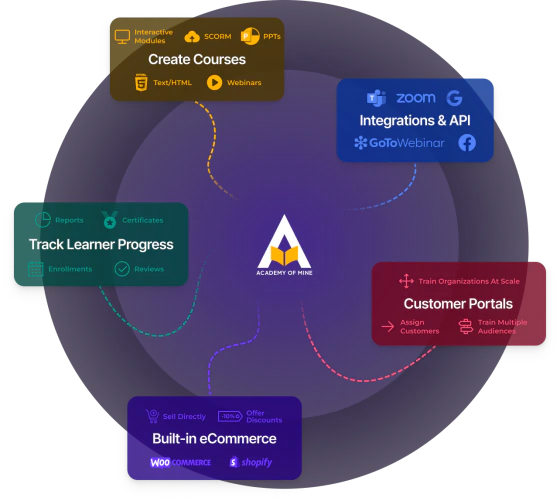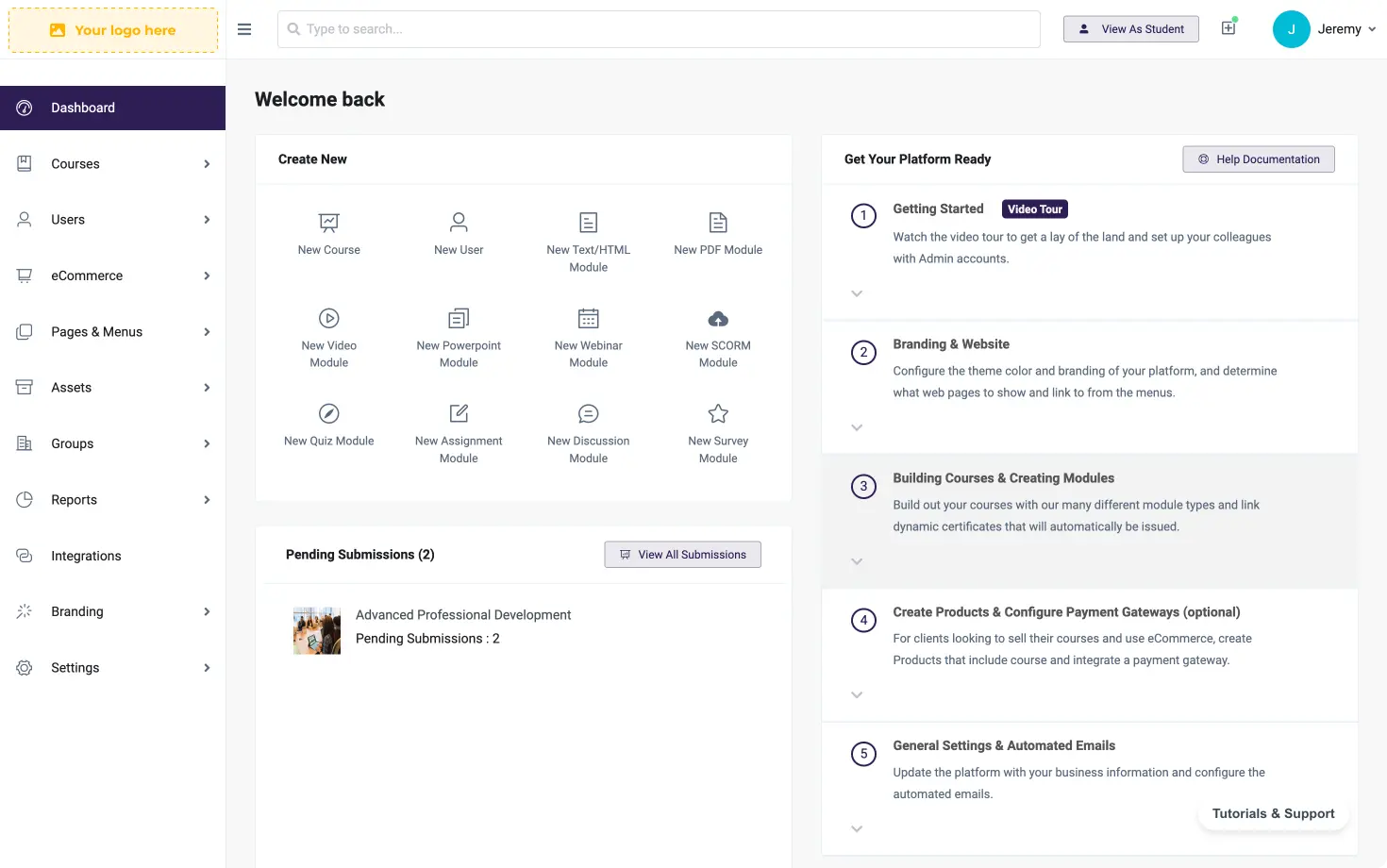eLearning
Instructional Videos In eLearning: Everything You Need To Know

What Are The Different Types Of eLearning Videos?
A video is a video, you might have thought: how different can they be? As different as a feature length action film and a TikTok video! eLearning instructional videos can vary widely both in how they are made and their purpose. Let’s look at some of the most common examples.
Tutorial Videos
A tutorial video is an instructional device that relies on vicarious learning theory. Ideally, a tutorial video sets out not just to teach someone how to do something (be it how to fix a broken faucet or how to code a website) but it teaches them why they ought to do it in a certain way. This distinction can be difficult to understand, so if you want more information check out our in-depth article on the different types of cognitive learning.
Micro Videos
A micro video is any kind of video content that makes its point quickly and without need for in-depth explanation. In the context of eLearning, micro video instructional content is an ideal way to prevent or clear-up any confusion. For example, if your eLearning course is about painting, you could have a quick micro video demonstrating the most efficient movement to use to mix paints, or the best way to hold a brush to get a certain distinct shape.
Micro videos can also be useful when what is being taught by the instructional video is something that needs to be very specifically shown in detail. Examples tend to include physical actions (painting, fixing an engine, repairing a mainframe) or steps in a process where a mistake is easy to make. When in doubt, use a micro video to demonstrate something if you want to delve into the nitty-gritty of an action or process.
Training Videos
Unlike a tutorial video, a training video tends to be much longer and seeks to teach not just to teach a single skill, but a much more broad set of bundled, related techniques. In a lot of ways a training video is what you’d expect to find from a traditional eLearning course administered by a college or other learning institution. Training videos in general ought to focus on broad topics and then get more granular as they progress through, breaking down each large aspect into smaller, bite-sized lessons. Training videos perform best when they are broken up into easily digestible bits of content that a learner can put into practice quickly. For this reason, most training videos include practice examples and other tools a student can use to immediately apply what they’ve learned.
Screencasts
A screencast is a type of instructional video that captures the actions an instructor is doing on their screen in real-time, and then shows that to the learner. Most video programs like Zoom, Skype and Google Hangouts offer the ability to screen-capture, so setting up a screencast isn’t too difficult for most instructors. Screencasts are most advantageous when what is being taught is primarily digital in nature: something done on a computer, smartphone, or tablet.
Examples include learning a new programming language, teaching someone how to use new software, or troubleshooting an error installing a driver for a printer or other device.
Presentation & Lecture Videos
When you have a subject matter expert, be it a professor, a mechanic with 30 years experience, or an internationally renowned business guru, you want to use a presentation or lecture video. These videos tend to mirror a classroom setup, sometimes even putting the featured expert in front of a blackboard. These types of lessons can be paired with screencasts to allow the presenter to use tools like powerpoint to teach. With this type of instructional video, try and make sure the audio quality is top-notch. The presenter is going to be the main focus, so them being seen and heard easily will make-or-break the video.
Scrips & Storyboards For Your Instructional Videos
Regardless of which of these video formats you want to use, you’ll want to outline the content you create before you make it. Typically this takes form as a script or a storyboard, and it isn’t nearly as scary to create as it sounds. You can use an instructional video script to clarify your thoughts and illustrate the types of videos you’ll likely need to make. To get more information on script writing for eLearning, look at our training video guide.
Using Instructional Videos with Academy of Mine
When you’re creating instructional videos you’ll need somewhere to host them, which means choosing an LMS. We’d recommend Academy of Mine, since our platform is built from the ground-up with video in mind, and it is extraordinarily customizable to whatever your specific needs may be. If you want more information about how to choose the right LMS for you, we’ve got an article on that available here.

